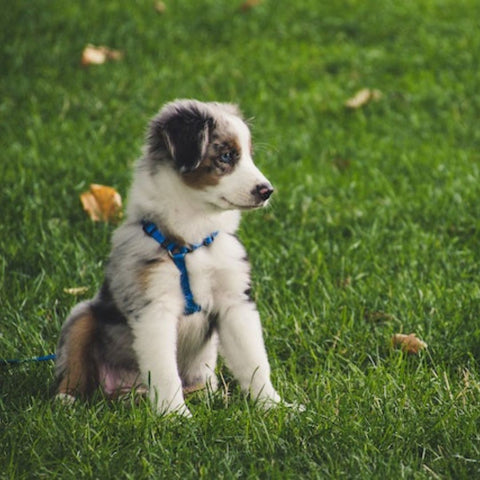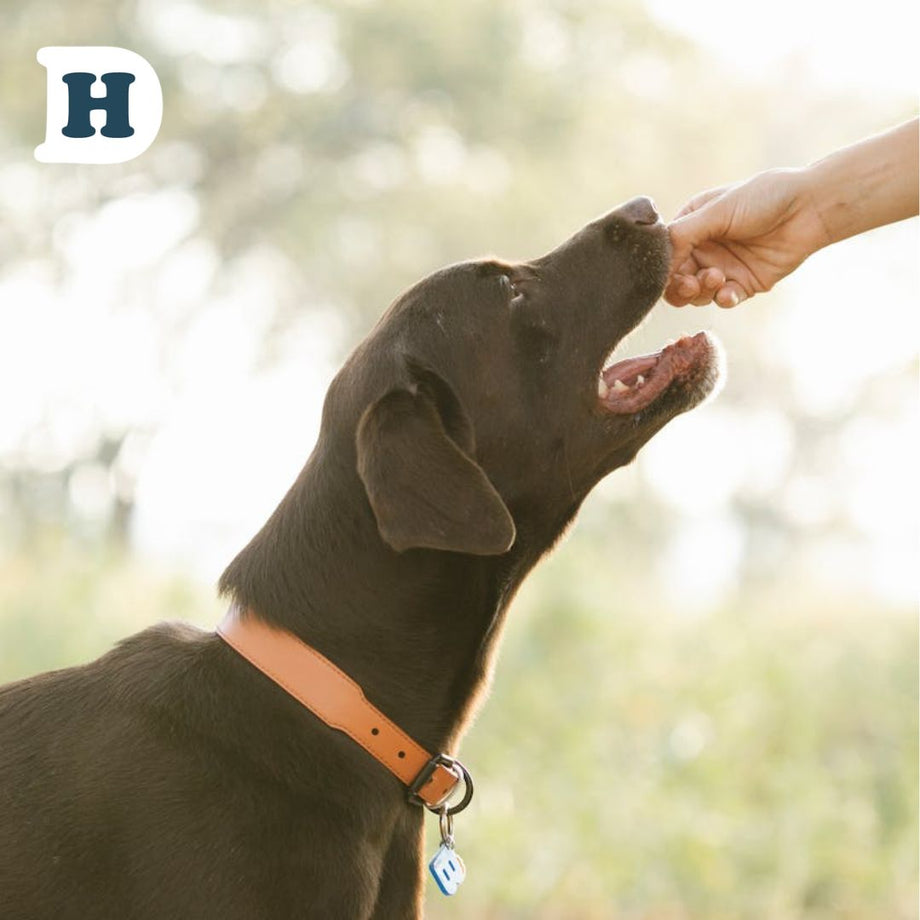
As a responsible pet owner, it's essential to be informed about different health conditions that can affect your furry friend. One such condition that commonly occurs in canines is an umbilical hernia. This article aims to provide a comprehensive understanding of umbilical hernias in dogs, including their causes, symptoms, and available treatment options.
An umbilical hernia in dogs occurs when there is a weakness in the abdominal wall near the belly button area, allowing abdominal contents to protrude through. This can happen due to genetics, weak abdominal muscles, or trauma to the area. While umbilical hernias are typically not life-threatening, they should be addressed promptly to prevent complications.
The symptoms of a dog with an umbilical hernia may include a visible bulge near the umbilicus, which may come and go or remain constant. There may also be signs of discomfort or pain, and in some cases, complications such as intestinal strangulation can occur.
Treating an umbilical hernia in dogs usually involves surgical intervention. However, the necessity and timing of the surgery will depend on the size of the hernia and the dog's overall health.
By understanding the causes, symptoms, and treatment options for umbilical hernias in dogs, you can ensure prompt and appropriate care for your canine companion.
What is an umbilical hernia?
An umbilical hernia in dogs occurs when there is a weakness in the abdominal wall near the belly button area, allowing abdominal contents to protrude through. This can happen due to genetics, weak abdominal muscles, or trauma to the area. While umbilical hernias are typically not life-threatening, they should be addressed promptly to prevent complications.
Umbilical hernias can vary in size and severity. In some cases, they may be small and easily manageable, while in others, they can be larger and more concerning. It's important to understand the different types of umbilical hernias in dogs to determine the appropriate course of action.
Causes of umbilical hernias in dogs
The exact cause of umbilical hernias in dogs is not always clear. However, there are several factors that can contribute to the development of this condition. One of the primary causes is genetics. Certain breeds, such as Boston Terriers, Pugs, and Beagles, are more prone to umbilical hernias due to their genetic predisposition.
Another common cause is weak abdominal muscles. Puppies are particularly susceptible to umbilical hernias because their abdominal muscles are still developing. If the muscles fail to close properly after birth, it can result in a hernia. Additionally, trauma to the abdominal area, such as a forceful blow or injury, can also lead to the development of an umbilical hernia.
Types of umbilical hernias in dogs
There are two main types of umbilical hernias in dogs: reducible and incarcerated.
A reducible umbilical hernia is characterized by a visible bulge near the umbilicus that can be easily pushed back into the abdominal cavity. This type of hernia may appear and disappear intermittently and is typically not accompanied by pain or discomfort. While reducible hernias are generally less concerning, they should still be monitored and addressed by a veterinarian.
On the other hand, an incarcerated umbilical hernia is more serious and requires immediate attention. In this case, the herniated tissue becomes trapped and cannot be pushed back into the abdominal cavity. This can lead to complications such as intestinal obstruction or strangulation, which can be life-threatening if left untreated.
Symptoms of umbilical hernias in dogs
The symptoms of a dog with an umbilical hernia may vary depending on the size and severity of the hernia. Some common signs to look out for include:
1. Visible bulge near the umbilicus: The most apparent symptom of an umbilical hernia is a visible bulge or swelling near the belly button area. This bulge may be more noticeable when the dog is standing or straining.
2. Change in size or appearance: In some cases, the size of the hernia may change over time. It may become larger or smaller, or the shape may alter. Monitoring these changes is essential to determine the progression of the hernia.
3. Discomfort or pain: Dogs with umbilical hernias may exhibit signs of discomfort or pain, especially if the hernia becomes incarcerated. They may show reluctance to move, exhibit signs of abdominal discomfort, or display changes in behaviour.
It's important to note that some umbilical hernias may not cause any noticeable symptoms and are discovered during routine veterinary examinations. However, it's still crucial to have them evaluated by a veterinarian to ensure proper diagnosis and management.
Diagnosing umbilical hernias in dogs
If you suspect that your dog may have an umbilical hernia, it's essential to consult a veterinarian for a proper diagnosis. The veterinarian will perform a thorough physical examination, including palpation of the abdominal area and assessing the size and characteristics of the hernia.
In some cases, additional diagnostic tests may be recommended to evaluate the extent of the hernia or to rule out any underlying complications. These tests may include blood work, X-rays, or ultrasound imaging.
Once the diagnosis is confirmed, the veterinarian will discuss the available treatment options based on the size, type, and overall health of your dog.
Treatment options for umbilical hernias in dogs
Treating an umbilical hernia in dogs usually involves surgical intervention. However, the necessity and timing of the surgery will depend on the size of the hernia and the dog's overall health.
In the case of small, reducible hernias that are not causing any complications or discomfort, the veterinarian may recommend a watchful waiting approach. This means that the hernia will be monitored regularly, and if it does not resolve on its own or becomes larger, surgical intervention may be necessary.
For larger or incarcerated hernias, surgery is typically recommended. The goal of the surgery is to repair the abdominal wall and return the herniated tissue to its proper place. The procedure is performed under general anesthesia, and the veterinarian will close the hernia defect using sutures or a mesh-like material.
Recovery and aftercare for dogs with umbilical hernias
After the surgical repair of an umbilical hernia, your dog will require some time to recover and heal. The veterinarian will provide specific instructions for post-operative care, including:
1. Restricted activity: To allow for proper healing, your dog will need to have limited physical activity during the recovery period. This may include avoiding vigorous exercise, jumping, or rough play.
2. Medications: Pain medications and antibiotics may be prescribed to manage any discomfort and prevent infection. It's essential to administer these medications as directed by the veterinarian.
3. Incision care: The surgical incision should be kept clean and dry to minimize the risk of infection. The veterinarian may provide instructions on how to clean and dress the incision site, if necessary.
Regular follow-up appointments will be scheduled to monitor the healing process and ensure that there are no complications. It's important to attend these appointments and report any concerns or changes in your dog's condition to the veterinarian.
Prevention of umbilical hernias in dogs
While it may not be possible to prevent all cases of umbilical hernias in dogs, there are certain steps you can take to reduce the risk:
Be cautious with young puppies: Puppies are more susceptible to developing umbilical hernias due to their weak abdominal muscles. Avoid any activities or situations that may put excessive pressure or strain on their belly button area.
Seek prompt veterinary care for trauma: If your dog experiences any trauma to the abdominal area, such as a forceful blow or injury, it's crucial to seek immediate veterinary attention. Prompt treatment can help minimise the risk of developing an umbilical hernia.
Complications and risks associated with umbilical hernias in dogs
While umbilical hernias in dogs are generally not life-threatening, there are potential complications and risks that pet owners should be aware of. These include:
1. Incarceration and strangulation: In some cases, the herniated tissue can become trapped and unable to be pushed back into the abdominal cavity. This can lead to complications such as intestinal obstruction or strangulation, which require immediate surgical intervention.
2. Infection: If the hernia is not properly managed or if there is a delay in treatment, there is a risk of infection at the hernia site. Signs of infection may include redness, swelling, discharge, or a foul odor.
3. Recurrence: While surgical repair is generally effective in treating umbilical hernias, there is a small risk of recurrence. This can happen if the abdominal wall does not heal properly or if the dog engages in activities that put excessive strain on the area.
It's important to consult with a veterinarian to understand the specific risks and potential complications associated with your dog's umbilical hernia, as each case is unique.
Understanding umbilical hernias in dogs is crucial for pet owners to provide the best care for their furry companions. By identifying the causes, symptoms, and available treatment options, you can ensure prompt and appropriate care for your canine friend. Remember to consult with a veterinarian for a proper diagnosis and to discuss the most suitable treatment plan for your dog's specific condition. With timely intervention and proper aftercare, dogs with umbilical hernias can lead healthy and happy lives.
©deliveryhound.com.au 2023






